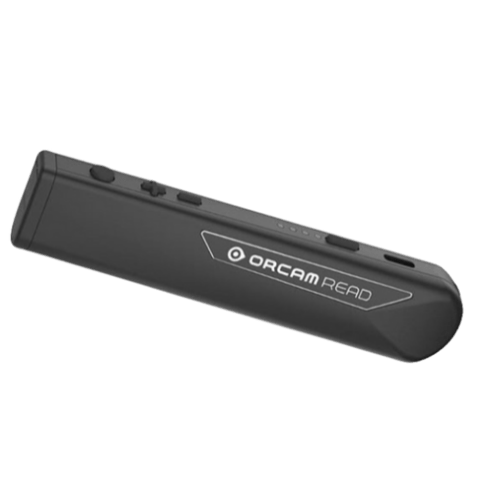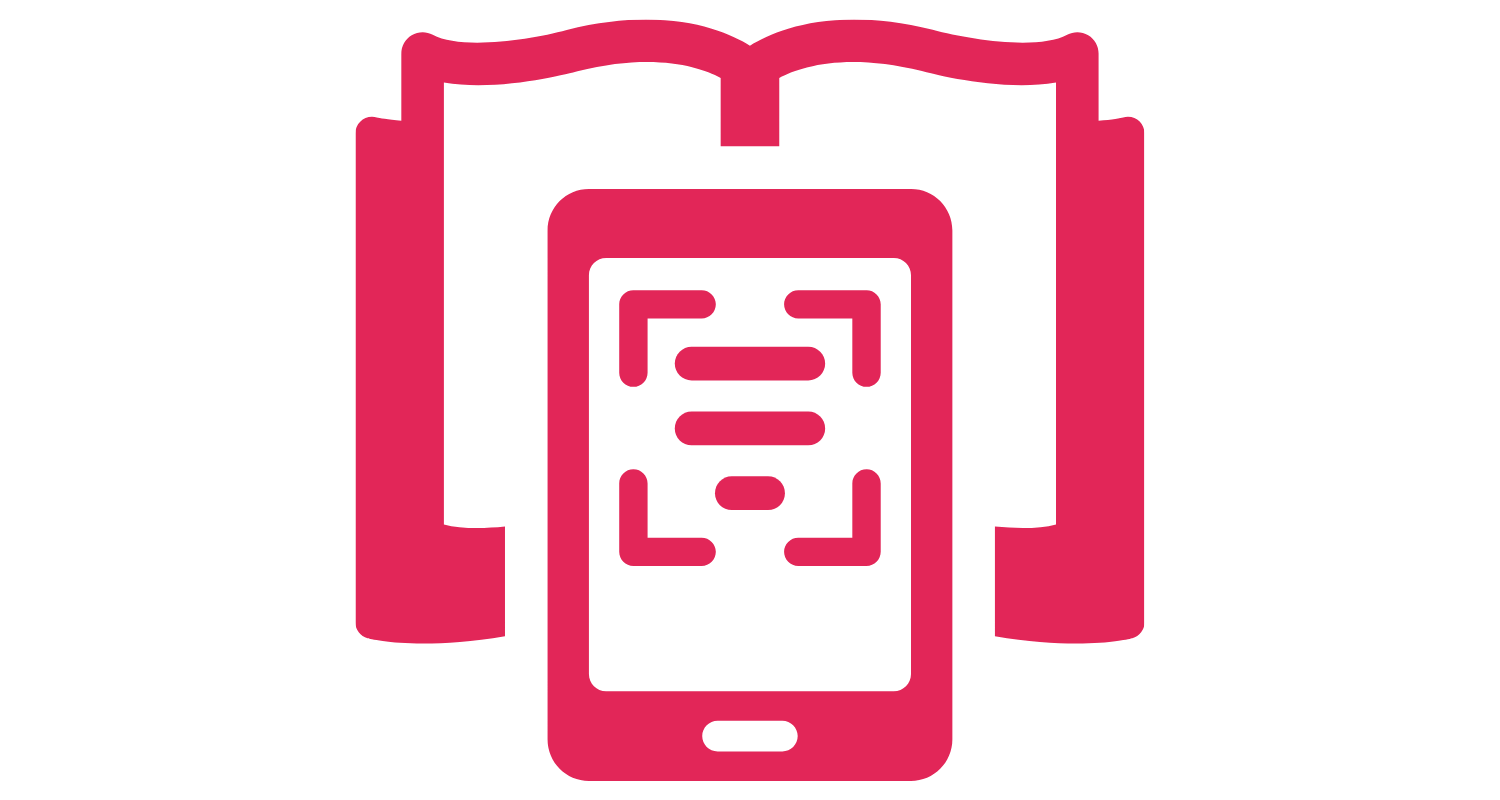What is Optical Character Recognition (OCR)?
OCR is the process of converting an image of printed or handwritten text into electronic form. This technology is used heavily in the mailing industry as a way of quickly reading address labels for the sortation of letters and parcels.
In a VI setting, the technology has been adapted to provide the end user with an audio transcript of the scanned image.
Types of OCR readers
If you own a smartphone then you can scan any document or handwriting to receive an audio transcript. A good example of an app that can do this is Google Lens.

For those that prefer a stand-alone tabletop device then numerous manufacturers supply scanners that will efficiently read aloud printed text and handwriting.

Manufactures such as Orcam build a highly portable device which reads aloud text from any medium without the need for an internet connection.

Three practical use examples
A delivery driver leaves a note on your door. The note has some very scruffy handwriting which you make out. Most OCR readers will recognize the worst handwriting, including apps such as Google Lens.
The Worthing Journal lands on your doormat. This publication is printed on A5 which can make it a challenge to read. An OCR reader will recognise the smallest of fonts so you can consume most materials, including newspapers. The only thing you’ll need to do is turn the page!
You need to read a sign at distance. You’re at a concert and you need to find your seat number. Using a portable OCR device such as the Orcam Read you can point it in the general direction of the sign you need to read and it will announce it to you.
How much do they cost?
Using a smartphone is the most cost-effective option here and costs vary hugely depending on the specification of the mobile device. A functional smartphone at the lower end of the scale can be purchased for approx. £80 but will require the internet / data to function correctly.
For stand-alone devices the price increases substantially and you could expect to pay between £1000-£2000. However, the advantage of a stand-alone device is that no internet is required and they will work straight out of the box.
If you have any questions about the above or would like a demonstration then please contact us! Call the Centre on






